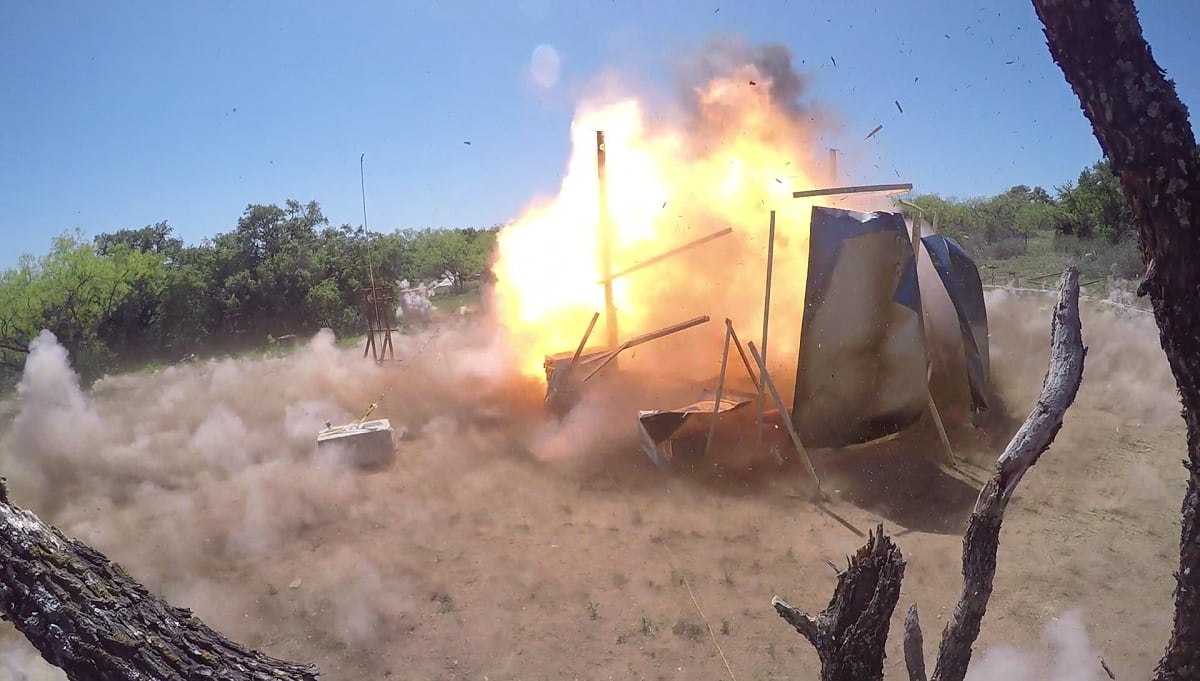WASHINGTON — The Missile Defense Agency has paused its effort to design a defensive hypersonic missile and wants to refocus its plan of attack by concentrating on near-term options that could feed into a more “elegant” solution, according to Vice Adm. Jon Hill, the organization’s director.
The agency tapped industry in January to design and build an interceptor capable of defending against regional hypersonic weapons threats, releasing a draft request for proposals to build prototypes.
The request directed industry to submit whitepapers by March 19 to build a Hypersonic Defense Regional Glide Phase Weapons System interceptor. The plan then was to select at least one prime contractor to build prototypes that would culminate in a flight test, according to the draft RFP.
But last month, the agency updated its posting on the federal government’s contract opportunities website and said the final solicitation was under review. It also said the agency was assessing COVID-19 impacts, technology maturation efforts, threat analyses, and empirical data from the recent joint Defense Department hypersonic testing in March “to accurately establish the technical baseline and future end-state for hypersonic missile defense and the (RGPWS) effort.”
Agency leaders said they expect to complete the review by the end of the first quarter of fiscal 2021.
RELATED

“One of the reasons we took the pause and said, ‘We’ll get back to you later in the year,’ is we want to see what we can do in the very near-term, and I’ll define the near-term as the mid-20s, and then feed the science and technology investments going so you can get to that farther-term, more elegant solution,” Hill said at the virtual Space and Missile Defense Symposium Aug. 4.
“But we want to get that capability out there as soon as possible to defend against the hypersonic threat and we want to continue to build out that capability and we believe the glide phase, further back in that trajectory, is always better than the terminal systems that we got today,” Hill added. He noted that the capability to take out threats in the terminal phase of flight is still critical. But, “you will want to move back that trajectory as far as you can,” he said.
Achieving “glide phase” defensive capability could come through a variety of technologies, he said, including different warhead types, different effector types and what kind of propulsion is used to get there.
MDA is on a long-term path to achieving hypersonic defensive capability, but it is focused first on its Hypersonic and Ballistic Tracking Space Sensor (HBTSS), according to Hill. “That is number one, we have got to be able to sense, detect and get tracking and fire control information down to the shooter,” he said.
As the agency went through its analysis of alternatives for a defensive hypersonic interceptor, “we recognized there are two paths you can take to get to a weapon system,” Hill said.
MDA is going to build off its command-and-control battle management and the effectors it has in place, Hill said, adding the agency can take advantage of terrestrial-based and mobile sea-based sensing today to get tracking data and push it where it needs to go.
“The question is how long do you stay in the science and technology world? You should also take a look at a quick development path and that is what we are looking at now,” Hill said.
Jen Judson is an award-winning journalist covering land warfare for Defense News. She has also worked for Politico and Inside Defense. She holds a Master of Science degree in journalism from Boston University and a Bachelor of Arts degree from Kenyon College.






